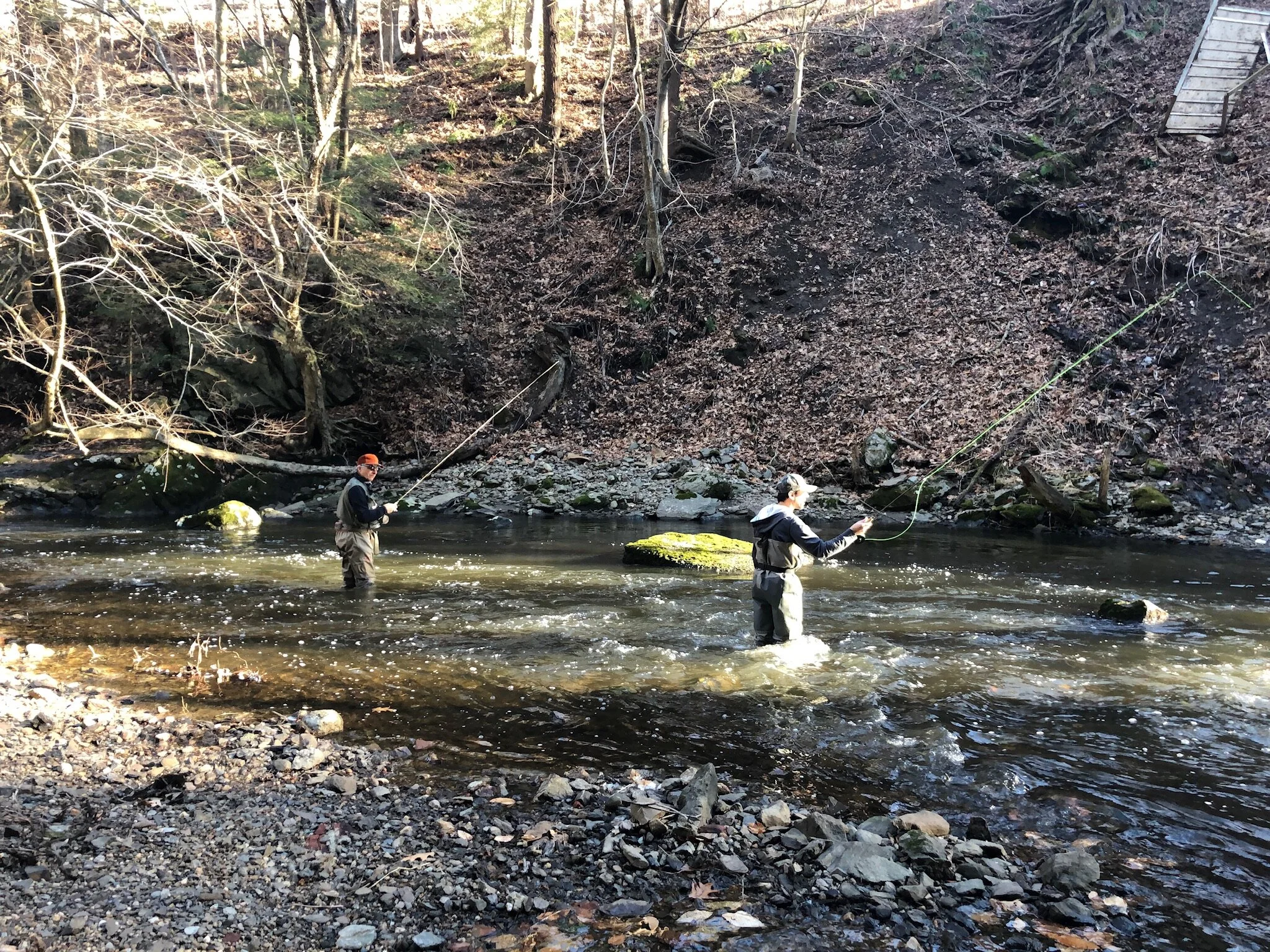Would You Like to Contribute Content to CVTU.org?
To contribute a picture, attach it to an email to secretary@cvtu.org
See TU Brand Standards - Photography below.
To contribute a story, draft your story in an email to secretary@cvtu.org
We’ll review the story, make edits, approve and post. You’ll receive a copy before we post. Stories will be posted to CVTU.org/news, and our CVTU Facebook page.
To contribute a link to content you would like to share, past the link in an email to secretary@cvtu.org
We’ll review the link, make sure it is aligned with CVTU’s mission and goals, and post it to CVTU.org/news. Please ensure the author has your permission to share.
TU Brand Standards - Photography
How we see the TU world
We live in a visual society which makes it all the more important that we visually represent the TU brand in a way that includes the high-quality waters that anglers would find appealing, intriguing and promising to fish.
This means images that are action-oriented, vivacious, and get people excited for what comes next, creating a sense of anticipation and wonder.
Keep them wet. All photos of caught fish should be in, or very close to, the water and appear wet – as is keeping with our catch-and-release ethics as an organization.
Close-ups over vistas. All photos should zero-in on the moment of anticipation as opposed to the nostalgia of unreachable fishing opportunities.
People over fish. Photos should over balance people to fish. After all, people are anglers and the conservationists who do the hard and dedicated work of TU – people stories are more engaging than fish stories.
Progress is good. The work of TU is on-going, and photos should demonstrate progress all the way through to “cold, clean, fishable water.” Before and after shots alone leave out much of the story.
Images Projecting Message:
These photos represent the type of dynamic, aspirational and authentic imagery of the TU member firsthand experience.
Photo Tips:
Take multiple shots. If you’re with a person who casts beautifully, then shoot throughout their range to capture separation in line and subject matter. If they don’t, then shoot tighter. Digital images cost nothing, and the experience can be rendered at any moment.
Be aware of harsh sunlight. A bright sunny day isn’t always a photographer’s best friend. Hats worn to shield the sun can obscure the faces in shadow. Shaded areas are often best for even lighting, or the dappled light of morning and dusk. Bright, contrasting colors for clothing and hats also brings the subject into clearer focus.
Remove sunglasses for portrait shots. We want to see eyes and connect with the subjects, rather than a brand of sunglasses.
Capture emotion. Emotion conveys the excitement and drama of an event or shoot. Make the viewer feel as if they were there—give us a reason to connect. And, again, shoot continuously.
Images to Avoid:
These photos do not represent the type of imagery that best tell the story about the TU organization or its members.
Video Tips:
Define what makes the subject matter “video worthy.” Before pressing record, ask yourself, “Is what the person is saying heightened by footage of them speaking? If the answer is yes, take note of a few details that support this.
Use a tripod. Footage that resembles “home video” often fails to enhance the stories we tell.
Don’t overlook good audio. Buy or rent a microphone—or simply get closer to the subject—as clear words and messages can make or break a video. If it’s windy, put your back to the wind to shield the audio from unwanted noise.
Avoid harsh light and centered subjects. Keeping your subject to one side lets them visually breathe and better captures both the environment and the viewer’s interest.
Keep it short. How’s your attention span on social media? Keep videos to two minutes max—a minute or less is preferable. If the content dictates more than two minutes, break up your video into chapters. Four concise, sectioned videos are far more effective than one long shot.

